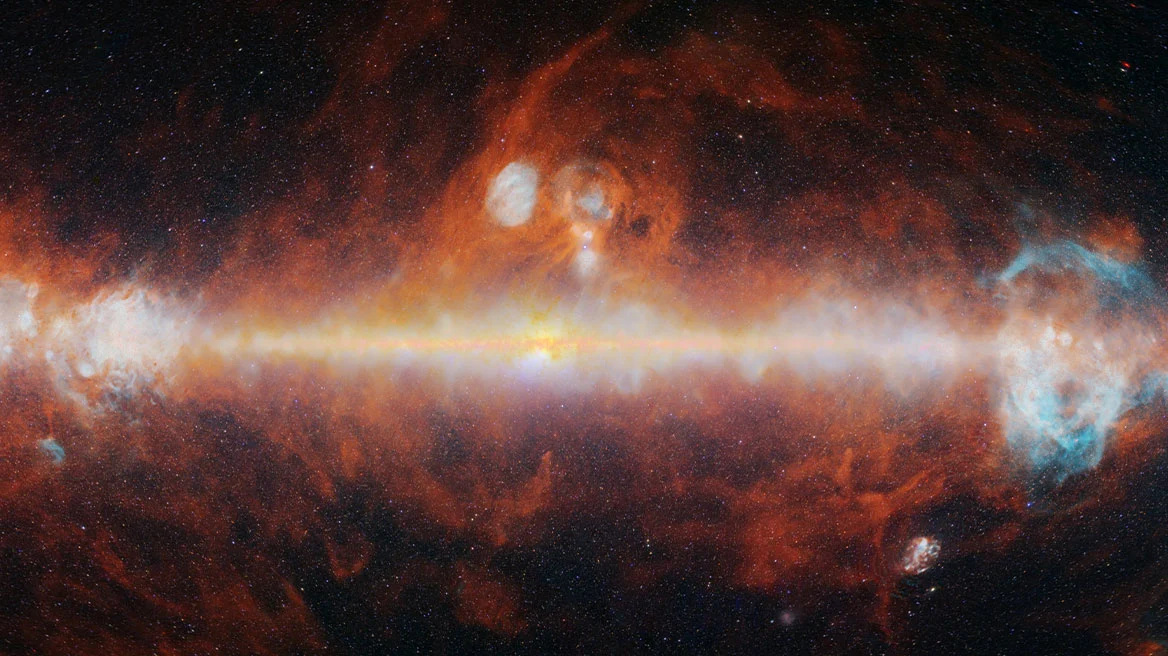The Archaeological Service announced that a Neolithic couple, locked in embrace, was found during excavations by the northern entrance of the Alepotrypa (“Foxhole”) cave in Southern Greece. The burials contained broken arrowheads accompanying the couple whose skeletons are dated to 3800 B.C. according to the C14 method. A DNA analysis confirmed that the remains were those of a male and female. Their remains were found near those of another male-female couple found in a fetal position.
In the past, archaeologists have found other burials at the Neolithic cemetery in the area around the Neolithic Diros Cave, western Mani, in the Peloponnese. Previous finds excavated found embryos, children’s graves and those of adults from between 4200-3800 B.C. the most recent data and analyses shows that the cave was used from the Early to Final Neolithic period from 6000-3200 B.C. A huge earthquake is believed to have sealed the cave’s entrance at around 3200 B.C. leading an end to the practise.
In 1958, Yiannis and Anna Petrocheilos accidentally discovered the cave where excavations continued in 2014. Dr. George Papathanassopoulos, in charge of the committee of the Paleoanthropology Ephorate of Antiquities and the Speleological Society of Northern Greece, said that the two burials are in excellent condition. “The type of burial in fetal position is common in the Neolithic era, but the specific double burial in embrace is one of the earliest known examples. At some point, they will be exhibited in the museum following its extension,” he said.






Ask me anything
Explore related questions





